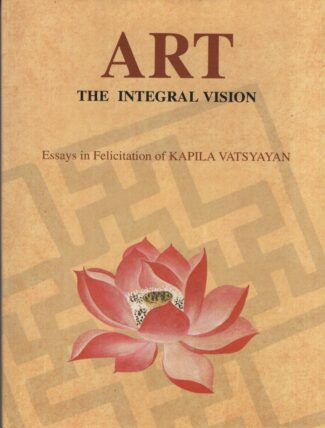

Art The Integral Vis...
Art The Integral Vision
Essays in Felicitation of KAPILA VATSYAYAN by: Baidyanath Saraswati , Subhash Chandra Malik , Madhu Khanna₹3,200.00 Original price was: ₹3,200.00.₹2,880.00Current price is: ₹2,880.00.
ISBN: 9788124610602
Year Of Publication: 2020
Edition: 2nd
Pages : xvii, 353
Bibliographic Details : Index
Language : English
Binding : Hardcover
Publisher: D.K. Printworld Pvt. Ltd.
Size: 23
Weight: 1262
“An assemblage of twenty-six scholarly essays: in honour of Dr Kapila Vatsyayan, the book attempts to conjure up the integral vision of art — exploring, as it does, the underlying unity of different disciplines. Written by distinguished Indian and foreign scholars: artists, art historians, archaeologists, anthropologists, scientists, philosophers and litterateurs, who have shared or subscribed to Dr Vatsyayan’s holistic vision of arts, these essays look for the linkages that have existed within the arts, between the arts, and across the cultures — focusing, contextually, on the form, the content, and the vision of art in terms of time and space. With at once stimulating alternative viewpoints available to humankind today, the authors consider space, time and consciousness as they are related to, and expressed in, metaphor, symbol and creative process. Together with cross-cultural comparisons of art, the book also explores the future of man as an artist. Art: The Integral Vision, besides the Editors’ Introduction giving an overview on the presentations, is blessed by His Holiness the Dalai Lama’s personal message. A foremost authority on Indian art and culture, Dr Kapila Vatsyayan is well-known to all serious scholars of art history, religion, philosophy and cosmology. A prolific author and recipient of several honours, including the prestigious Padma Shree (1990) and Padma Vibhushan (2011), she has convincingly spelt out the unifying principles of cultural plurality and the interdependence and interrelatedness of creative arts. This holistic vision — unmistakably manifest in her writings — has come to finest fruition in her setting up (in 1985) the Indira Gandhi National Centre for the Arts (IGNCA), New Delhi. This is a fascinating book for wide-ranging specialists and students interested in the mathematical, geometrical, metaphysical, astrophysical, cosmological, philosophical, psychological, historical, mythological and metaphorical understanding of art, especially the Indian art.”
Message
— His Holiness The Dalai Lama
Preface to the Second Edition
Introduction
1. Sarvadarśikā
2. Dialogue and Monologue with Kapilaji
— Baidyanath Saraswati
3. A Letter to Kapila Vatsyayan
— Michael Meschke
4. The Invention of Space
— David Park
5. Autonomy and Wholeness: Reflections on Creativity and
Self-expression
— S.C. Malik
6. The Learning of the Imagination
— Kathleen Raine
7. Higher States of Consciousness in East and West
— Peter Malekin
8. Seeing Time in the Indian Miniature
— Jim C. Masselos
9. A Gurjara-Pratihāra Image of Viṣṇu Viśvarūpa
— T.S. Maxwell
10. Mudrā: Its Metaphysical Basis in Kashmir Śaivism
— Bettina Bäumer
11. Radiance as an Aesthetic Value in the Art of Mesopotamia
(With Some Indian Parallels)
— Irene J. Winter
12. Art and Meditation: Traditional Imagery and Contemporary
Parallels as Seen Through Children’s Meditational Art
— Madhu Khanna
13. The Compleat Devotee and the Cosmic City: Hanuman at Hampi
— John Mckim Malville
14. Art and the Topology of Being: Introducing a Threefold
Homage to Kapila Vatsyayan
— André Scrima
15. Sergiu Al-George and the Romanian School of indology
— Radu Bercea
16. Museum of the Future: The Project Gīta-govinda
— Ranjit Makkuni
17. Kr̥ṣṇa-līlā in Temple Art of Khajurāho
— Devangana Desai
18. Goddess Cybele in Hindu Śākta Tradition
— M.C. Joshi
19. The Formation of Medieval Style in Malwa Region
(A Presentation of Hiṅglajgarh Sculptures)
— Ratan Parimoo
20. The Buddhist Bronzes of Surocolo
— Lokesh Chandra and Sudarshana Devi Singhal
21. What Is Deśī About Br̥ahaddeśī?
— Prem Lata Sharma
22. “No Dance, and There is Only the Dance”: Dance and the Indian Arts
— Sehdev Kumar and Aaloka Mehndiratta
23. The King, the Boar and the Waterhole: An Oral Narrative
about the Recreation of Puṣkara
— Aditya Malik
24. The Membrane of Tolerance: Middle and Modern India
— Michael W. Meister
25. Is Religion a Human Invariant?
— Raimon Panikkar
26. A Question of Human Future
— Keshav Malik
27. India and the Future Culture of Man: A Search for
New Perspectives
— Meera Aster Patel
Notes on Contributors
Index

“Art The Integral Vision” Cancel reply
- Sale!Bagore-Ki-Haveli by: Piers Helsen
₹95.00Original price was: ₹95.00.₹86.00Current price is: ₹86.00.Rajasthan boasts of many beautiful monuments and structures of the royalty which stand as evidence to Indias glorious ancient culture and heritage. The Bagore-ki-Haveli is one such edifice. The book takes us through the architectural wonders of the haveli to reflect what it had been the royal household of Maharaj of Bagore. With many splendid colour photographs of its impressive rooms, large balconies, wide terraces and attractive, leafy courtyards, it reconstructs the royal household and its functioning, customs and religious practices, costumes and ornaments, and arts and entertainment. It captures the artistic brilliance of the exquisite glass inlay work and paintings in the restored haveli including a gallery of Madhurastakam paintings describing the loveliness of Sri Krishna and his divine lover, Radha. The work highlights the charming style of the haveli that typifies the best of Mewari architecture but has a unique character of its own. The book, a visual delight presenting a glimpse into the royal lifestyle and splendour of the time, will be invaluable to historians studying the history, art and architecture of north India in the centuries before Indias independence and will also interest readers in general as well as tourists.
- Sale!Love Songs of Nawab Wajid Ali Shah by: Harsha V. Dehejia
₹795.00Original price was: ₹795.00.₹716.00Current price is: ₹716.00.This impressively illustrated volume brings forth the evergreen spirit of a Muslim ruler of Awadh, Nawab Wajid Ali Shaw (1822-87), in composing love poetry taking a cue from the amorous Krishna leela and assimilating and practising the same in personal life. A trained Kathak dancer himself and a dedicated patron of poetry, painting and performing arts, Wajid Ali Shah immersed in the rasa of dance, music and drama, and got deeply indulged in the many an expression of shringar, while administering the political affairs of his state.
Recalling the different facets of Nawab Wajid Ali’s life, the book explores the state and fame of Lucknow, of his times, where the Nawab lived a life of refinement and pomp, and attracted the best talents in arts and crafts. It also portrays how were dance and music enjoying pride of place during his reign.
While presenting a penetrating account of Ali Shah’s poetry, the book revisits his musical scholarship, history of his times and presents his poems with English translation. It as well showcases the best paintings centring around his personal and cultural life, and guides one go through the religious and cultural harmony prevailed in Awadh where a lot of factors were at play effecting acculturation between the Hindus and the Muslims, popularly known as the Ganga-Jamuni tehzeeb. - Sale!An Introduction to the Study of Indian Poetics by: Mahesh Singh Kushwaha, Sanjay Kumar Misra,
₹600.00Original price was: ₹600.00.₹540.00Current price is: ₹540.00.The book aspires to do for Indian poetics what Hudson’s book, An Introduction to the Study of English Literature did for English literature, though in a totally different manner and style. It provides the student with the essential knowledge about almost all aspects of Indian poetics. Based on the original Sanskrit sources, it presents the necessary information lucidly in precise and clear terms. Each chapter is self-contained and complete in itself, with explanatory notes, and a bibliography of relevant works. The Sanskrit terms used in the text are invariably explained or provided with English equivalents.
For quick reference, “A Glossary of Sanskrit Literary Terms” is given in the Appendices, which contain also “A List of Noted Indian Poeticians (including commentators) and Their Works” and “Notes on Major Texts in Indian Poetics”.
This handy volume, with its unique features, will prove invaluable to those who are going to embark on the study of Indian poetics, especially the ones who have no Sanskrit background. To a devoted student, it will prove a useful companion during his/her further studies. - Sale!Rated 5.00 out of 5Sanskrit Parsing by: Amba Kulkarni
₹900.00Original price was: ₹900.00.₹810.00Current price is: ₹810.00.India has a rich grammatical tradition, still extant in the form of Panini’s grammar as well as the theories of verbal cognition. These two together provide a formal theory of language communication. The formal nature of the theory makes it directly relevant to the new technology called Natural Language Processing.
This book, first presents the key concepts from the Indian Grammatical Tradition (IGT) that are necessary for understanding the information flow in a language string and its dynamics. A fresh look at these concepts from the perspective of Natural Language Processing is provided. This is then followed by a concrete application of building a parser for Sanskrit using the framework of Indian Grammatical Tradition.
This book not only documents the salient pieces of work carried out over the last quarter century under Computational Paninian Grammar, but provides the first comprehensive exposition of the ideas involved. It fills a gap for students of Computational Linguistics/Natural Language Processing who are working on Indian languages using Paninian Grammatical Framework for developing their computational models and do not have direct access to the texts in Sanskrit.
Similarly for the Sanskrit scholars and the students it provides an example of concrete application of the Indian theories to solve a contemporary problem. - Sale!Artisans and Craftsmen of Northern India by: Kuldeep Singh Thind
₹1,100.00Original price was: ₹1,100.00.₹990.00Current price is: ₹990.00.The basic aim of the book is to expose the major contributions of artisans and craftsmen in portraying the society in different perspectives. These artisans and craftsmen, were drawn mostly from the shudras, lower caste of the community, suppressed and have-nots section of the society, but were highly talented. The work is also designed to create interest among the reader and scholars alike, to understand the society of the period under reference through the immortal art of these creative people. The artisans such as potters, weavers, carpenters, architects, sculptors, brick-makers, metallurgy and metal workers, leather workers, painters, and the workers engaged in the profession of ivory, glass and mirror, perfume and cosmetic, musical instrument, oil, salt and liquor makers, etc. were the heroes of that time, who not only met the day-to-day requirement of the then society, but also portrayed different aspects of their life, in its true color, through their workmanship. It was the architect who designed and constructed houses to live in, as well as water tank, well and channel, royal building, stupa, temple and fort, bridge, pillar and rock-edict etc., which met the need of the society.
Today, we feel proud of the rich heritage of old Indian art and architecture, credit for which solely goes to the then artisan who crafted immortal creations. However, the invaluable contribution made by the historians in immortalizing their creations, by putting them in black and white, is no less important. It is the historian, whose mighty pen has immortalized not only Ashoka the great, as a king but also the creators of the stupas of his times on equal footings. It is with this aim in view that the present book has been presented to the posterity, in order to pay rich tributes to the creators of our rich cultural heritage.
Unluckly there was no proper institutionalized provision for the education of artisans and craftsmen, so generally the former adopted the occupation of their parents and hereditary skill was enhances as it was transferred from father to son, and generation to generation. Contemporary sources reveal that the social stautus of artisan class was based on the nature and economic conditions of a particular profession.




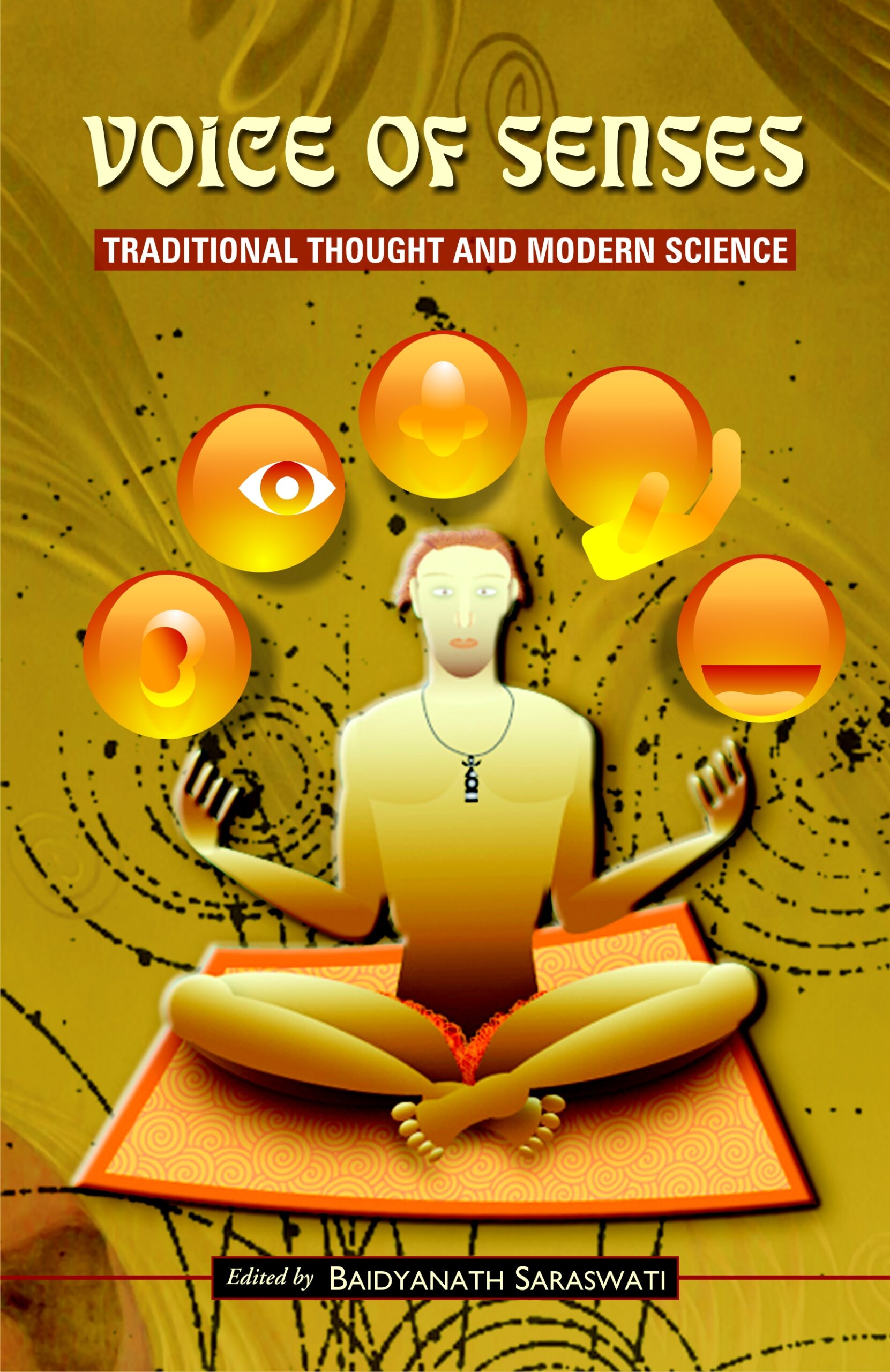
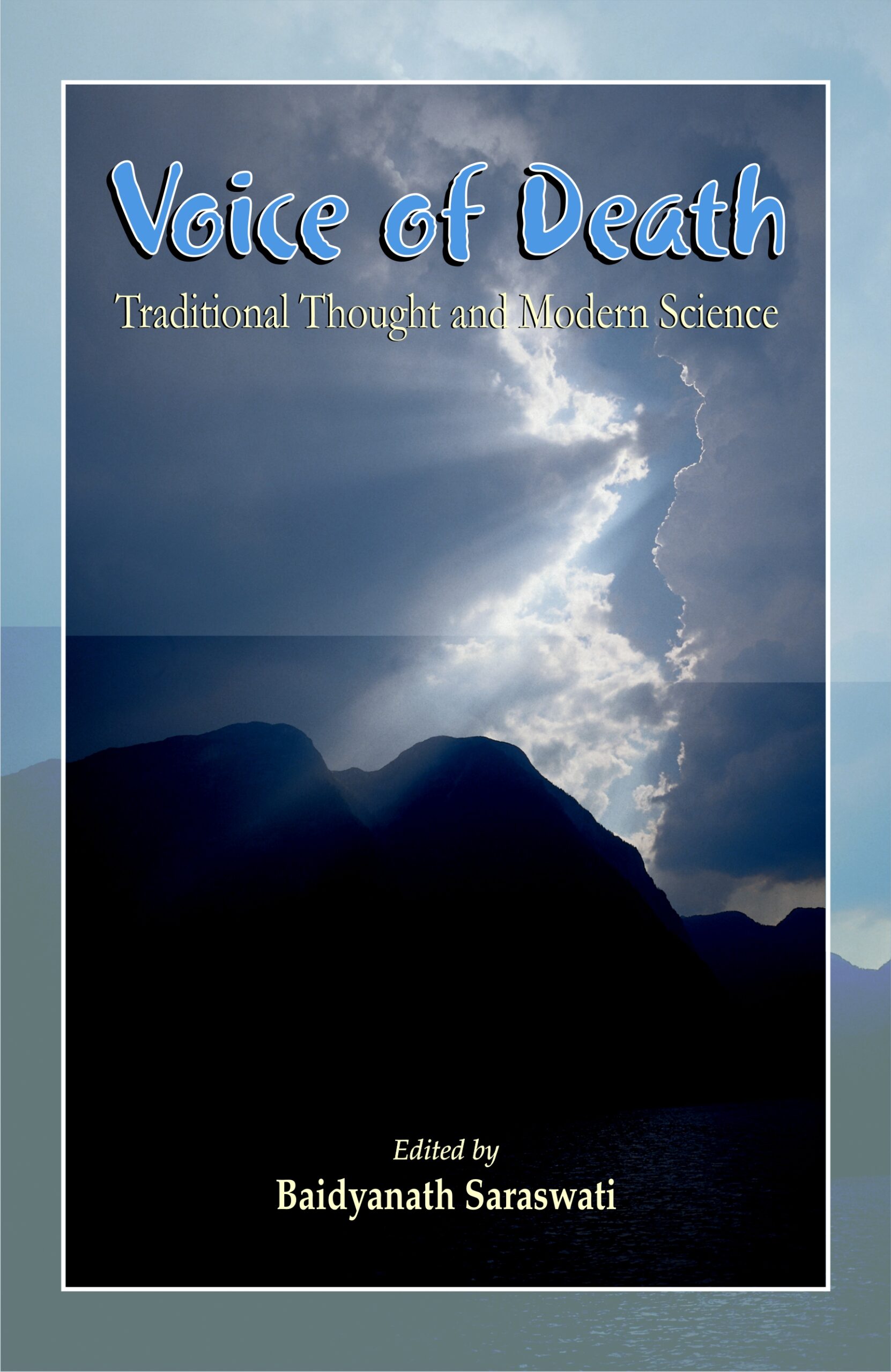
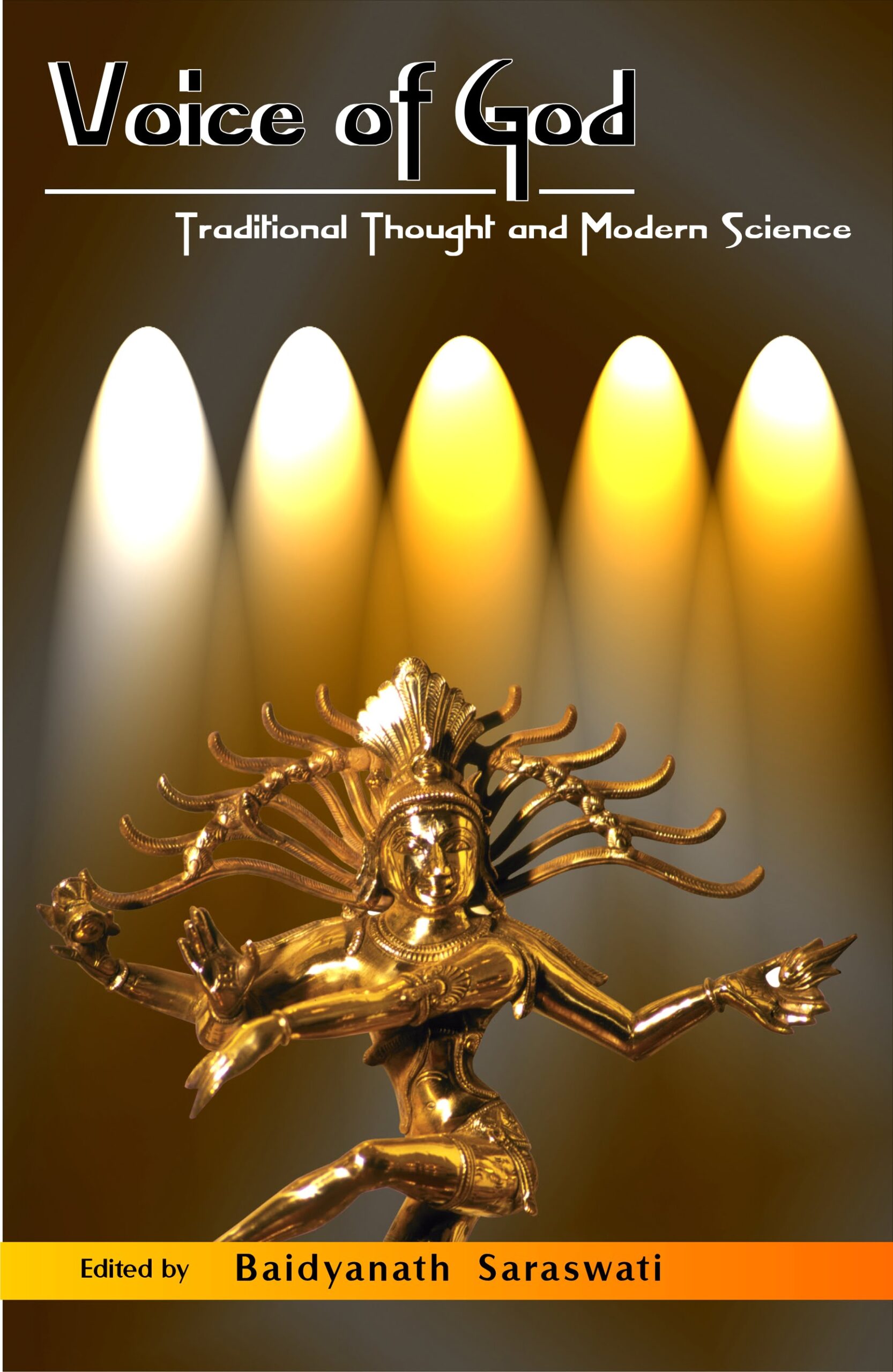

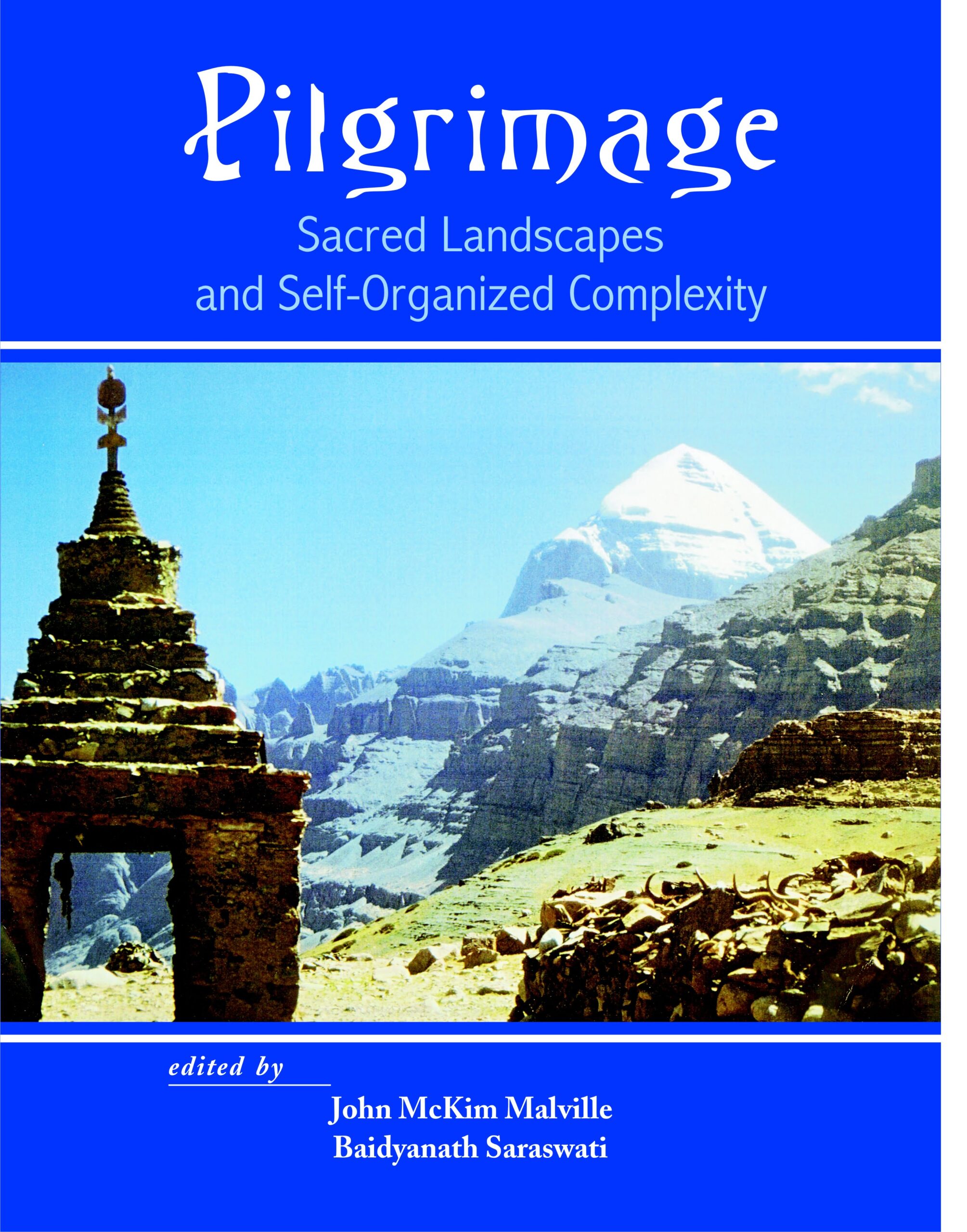
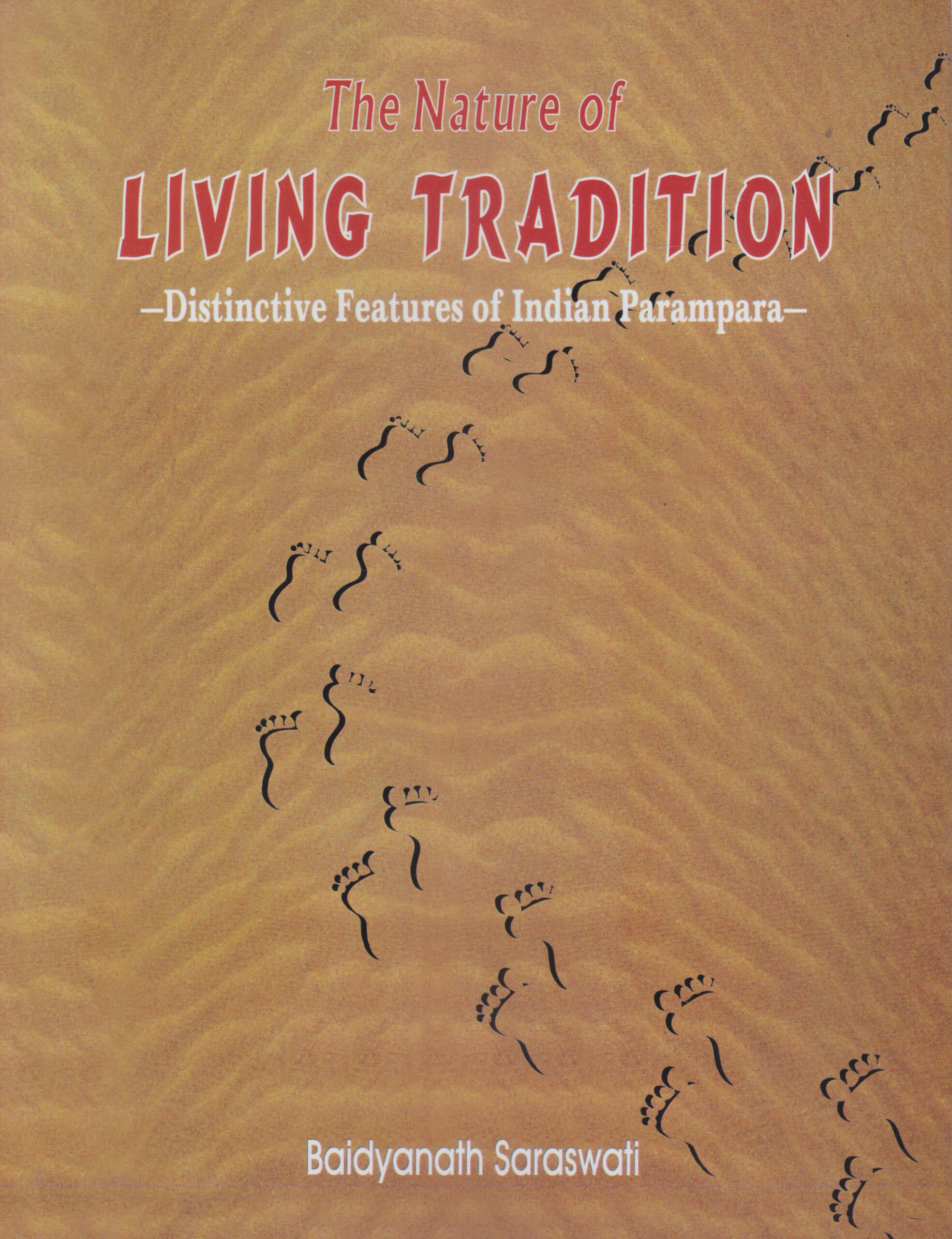
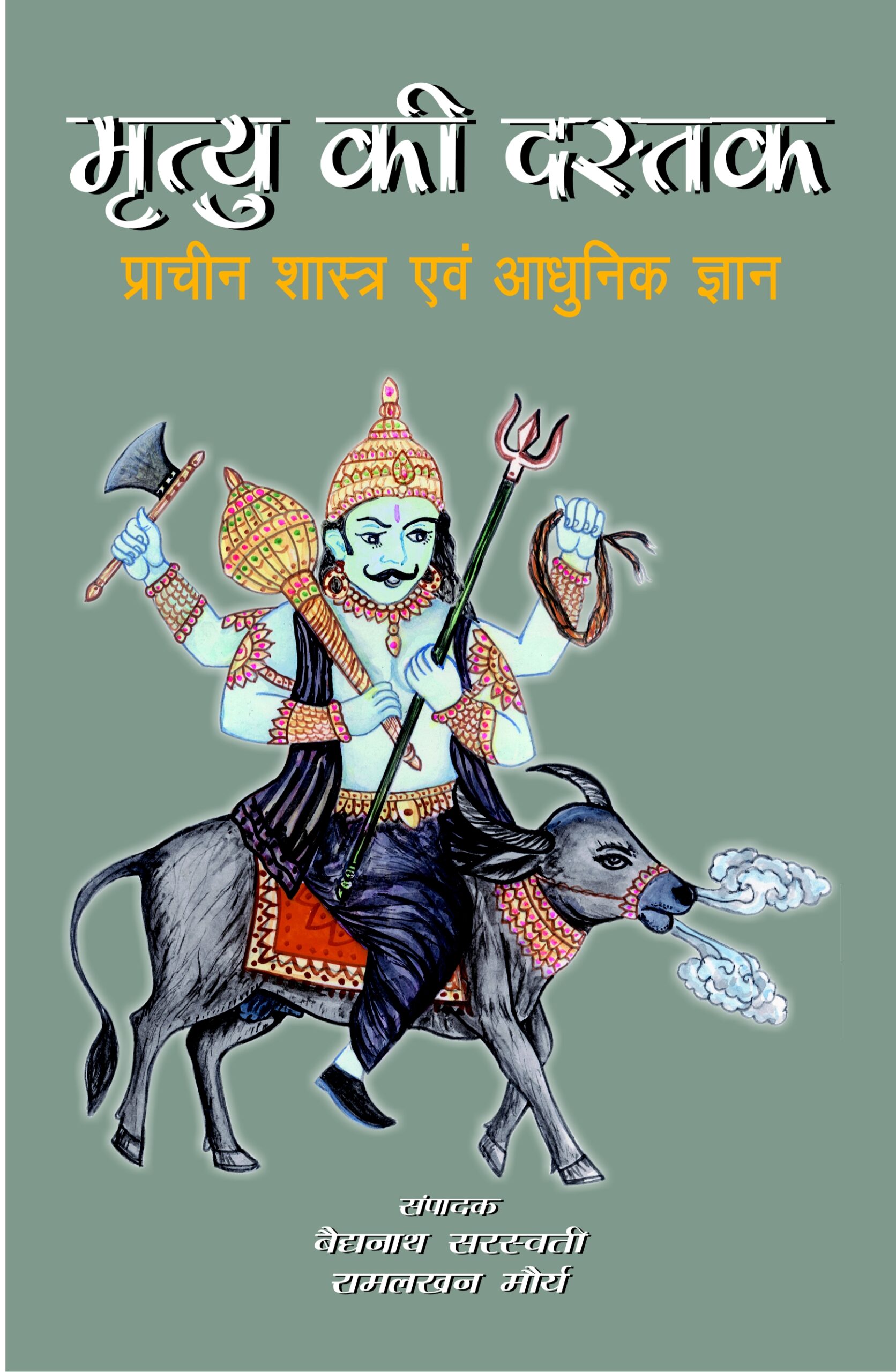
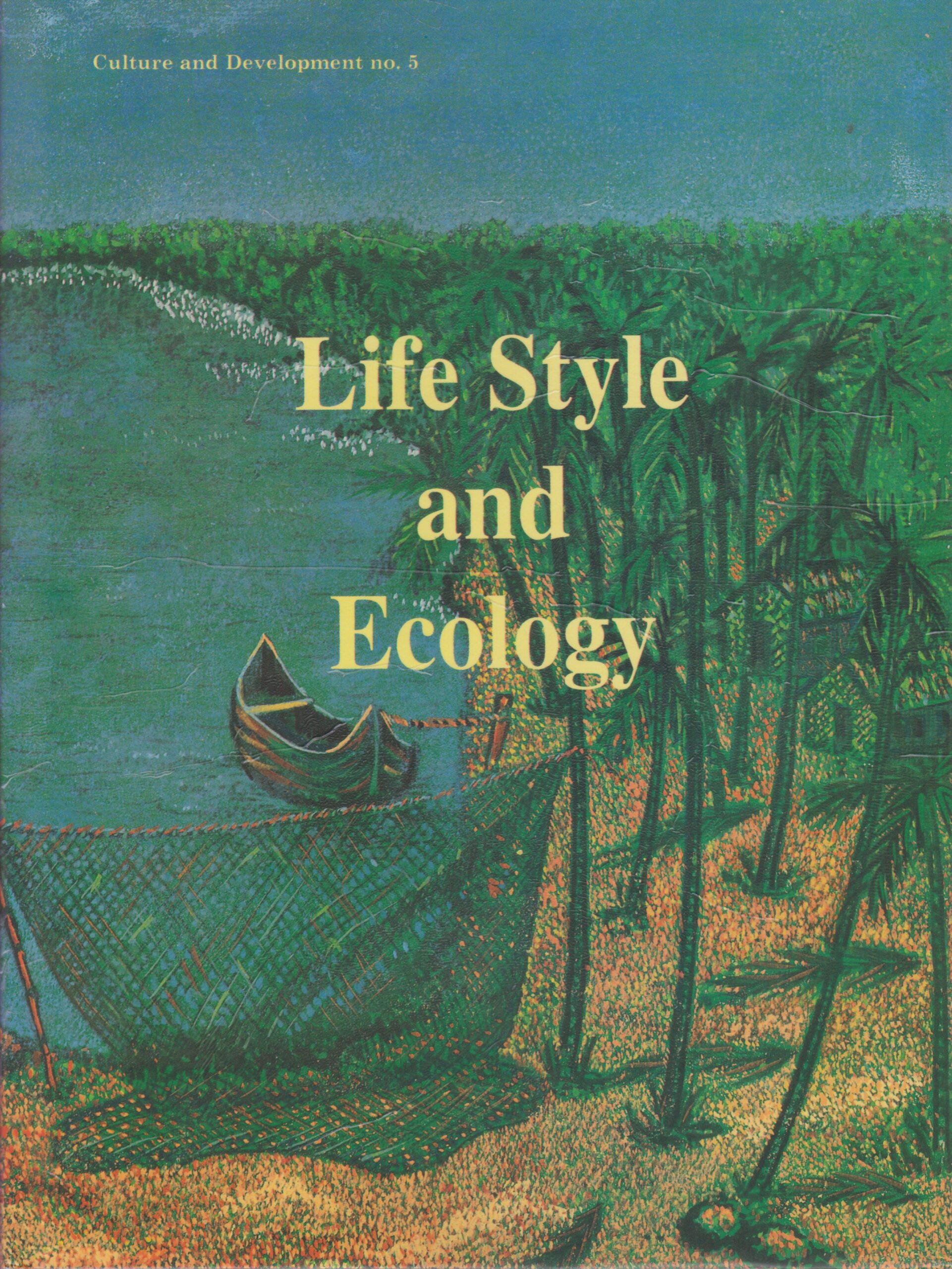
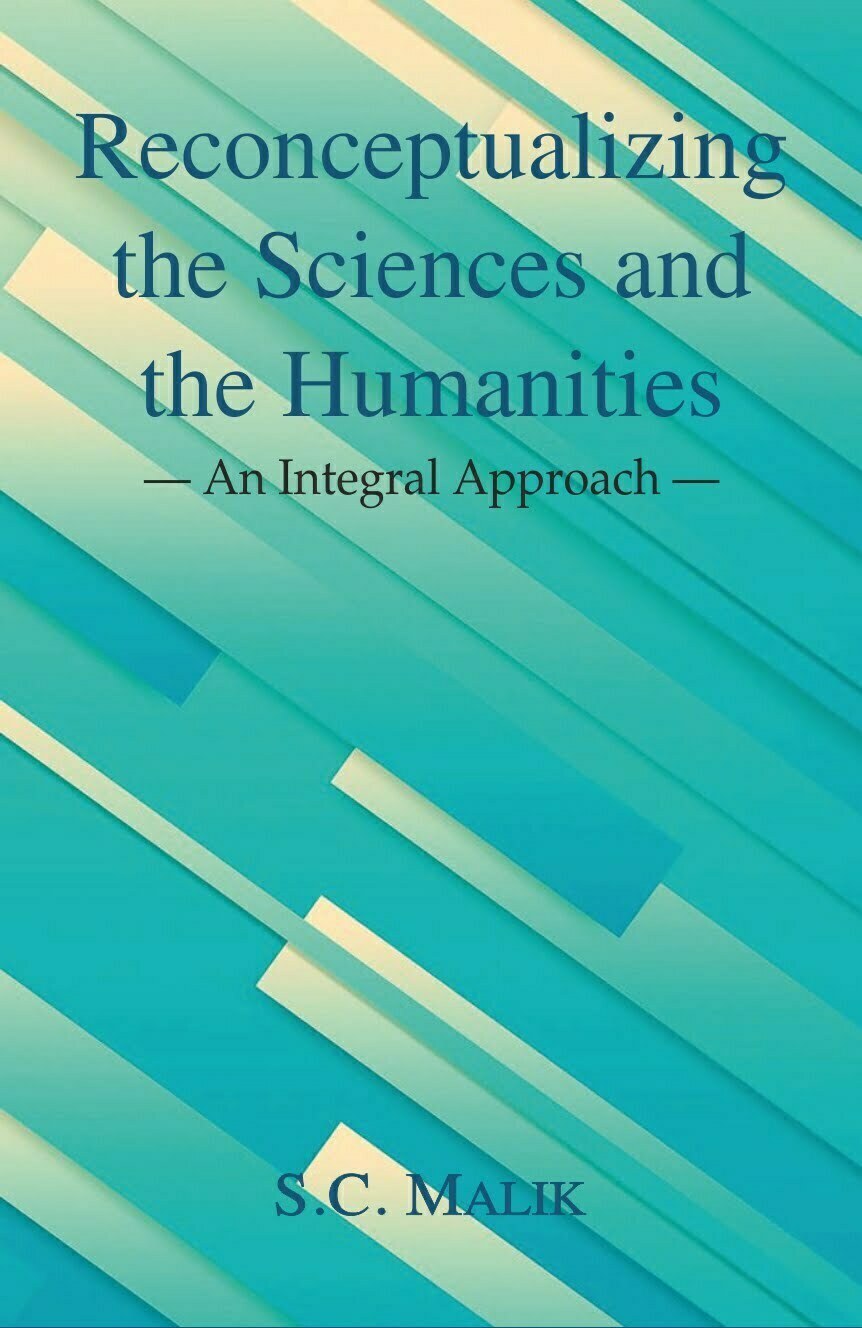

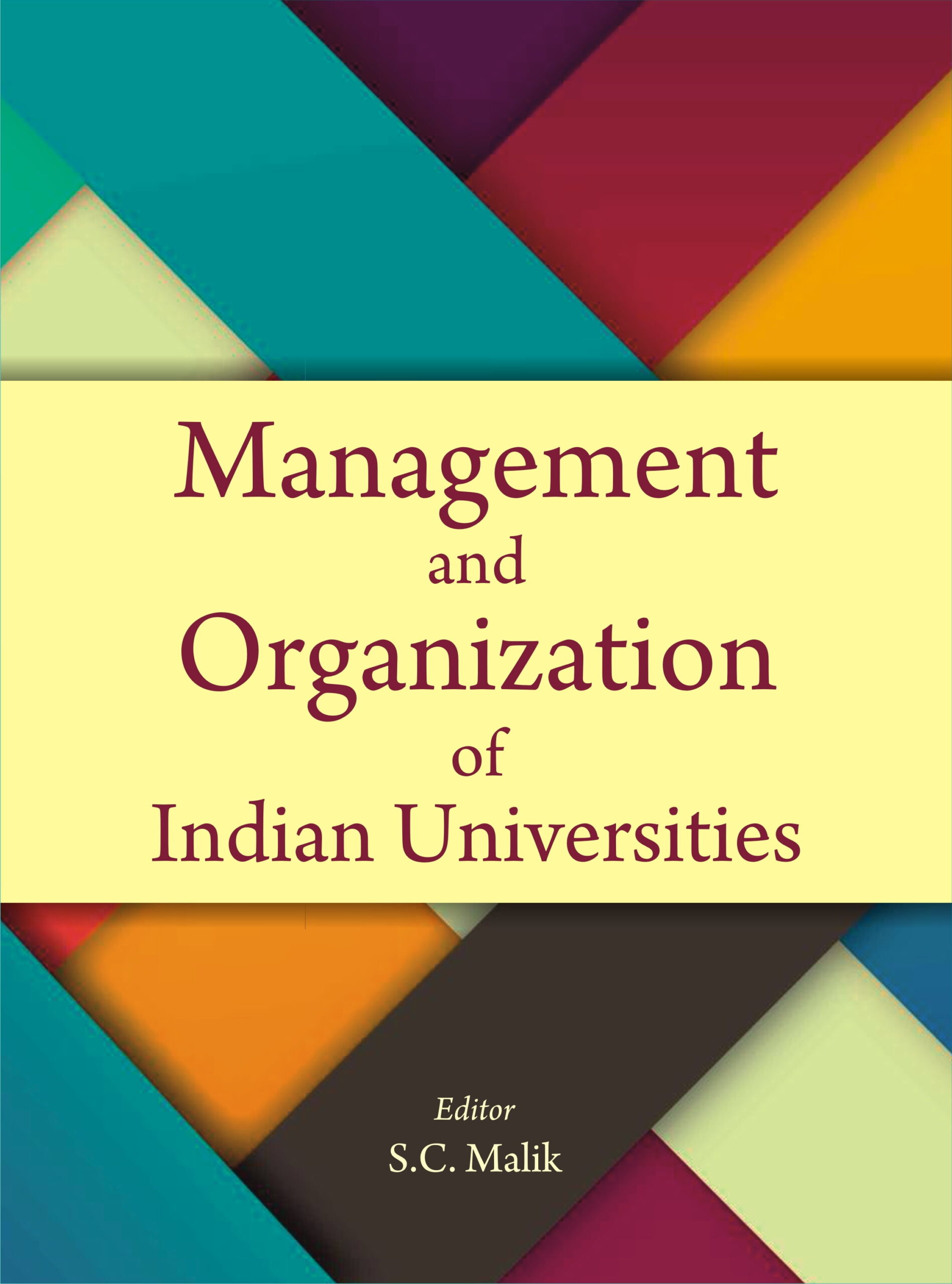
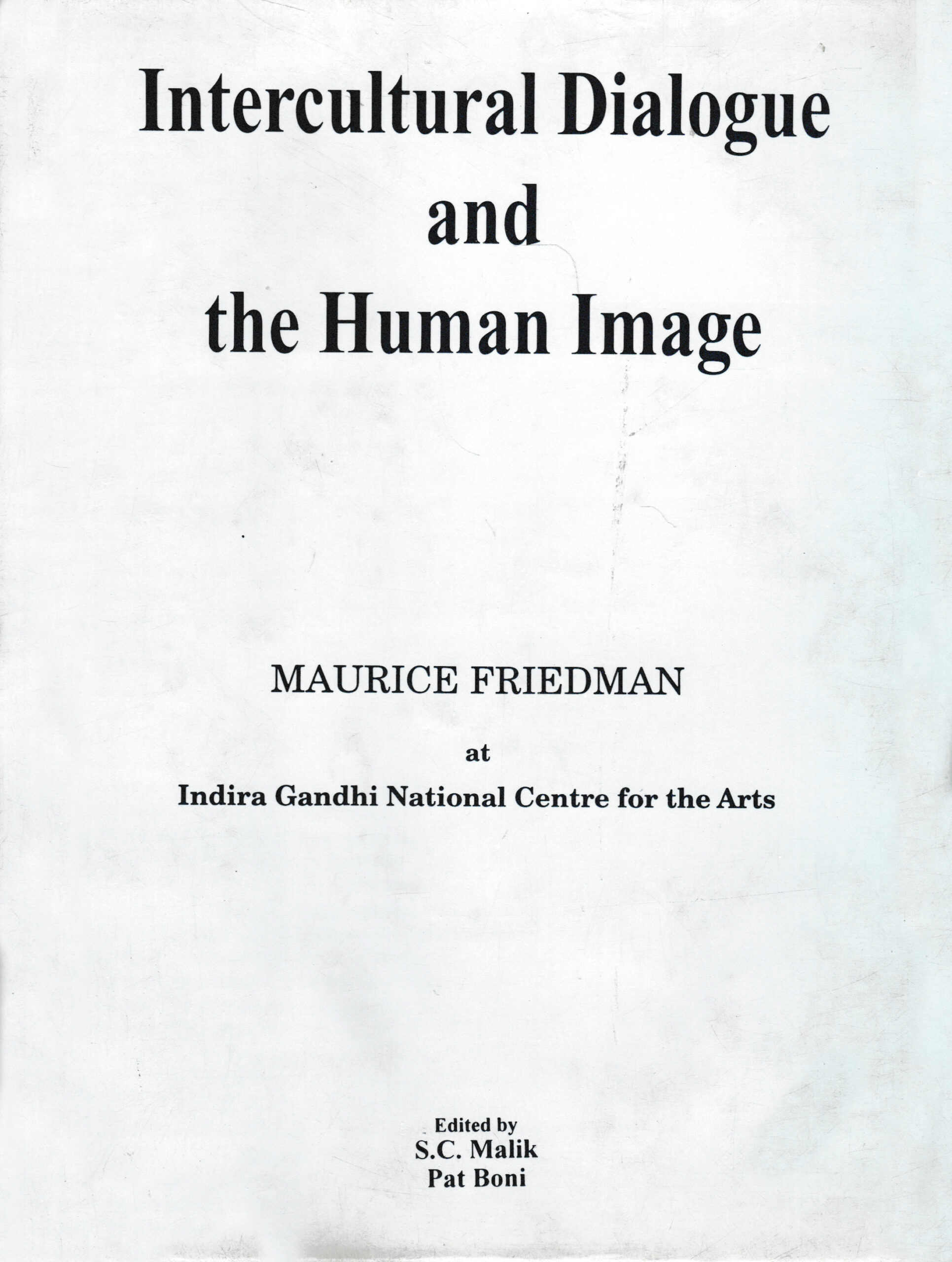
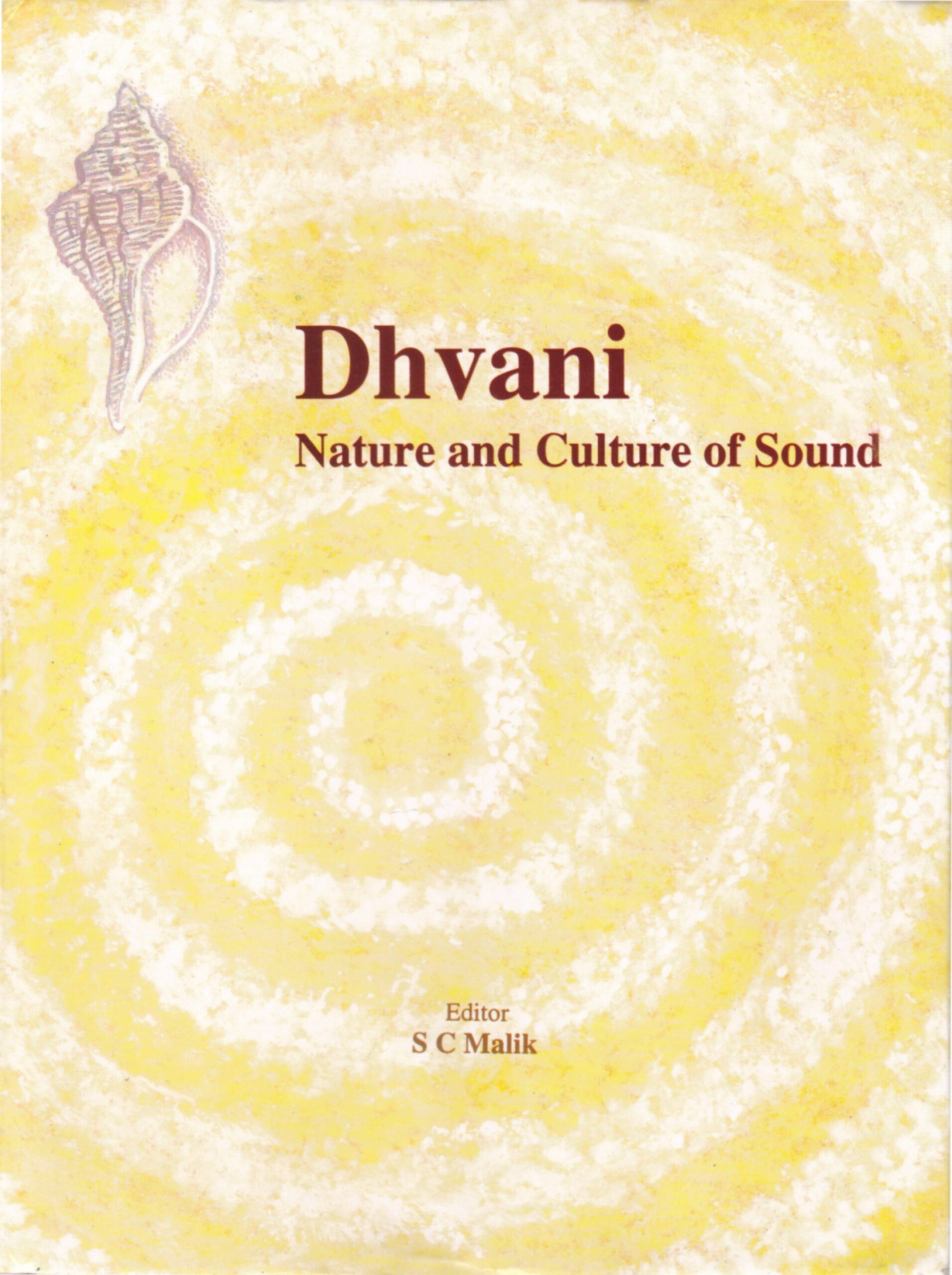

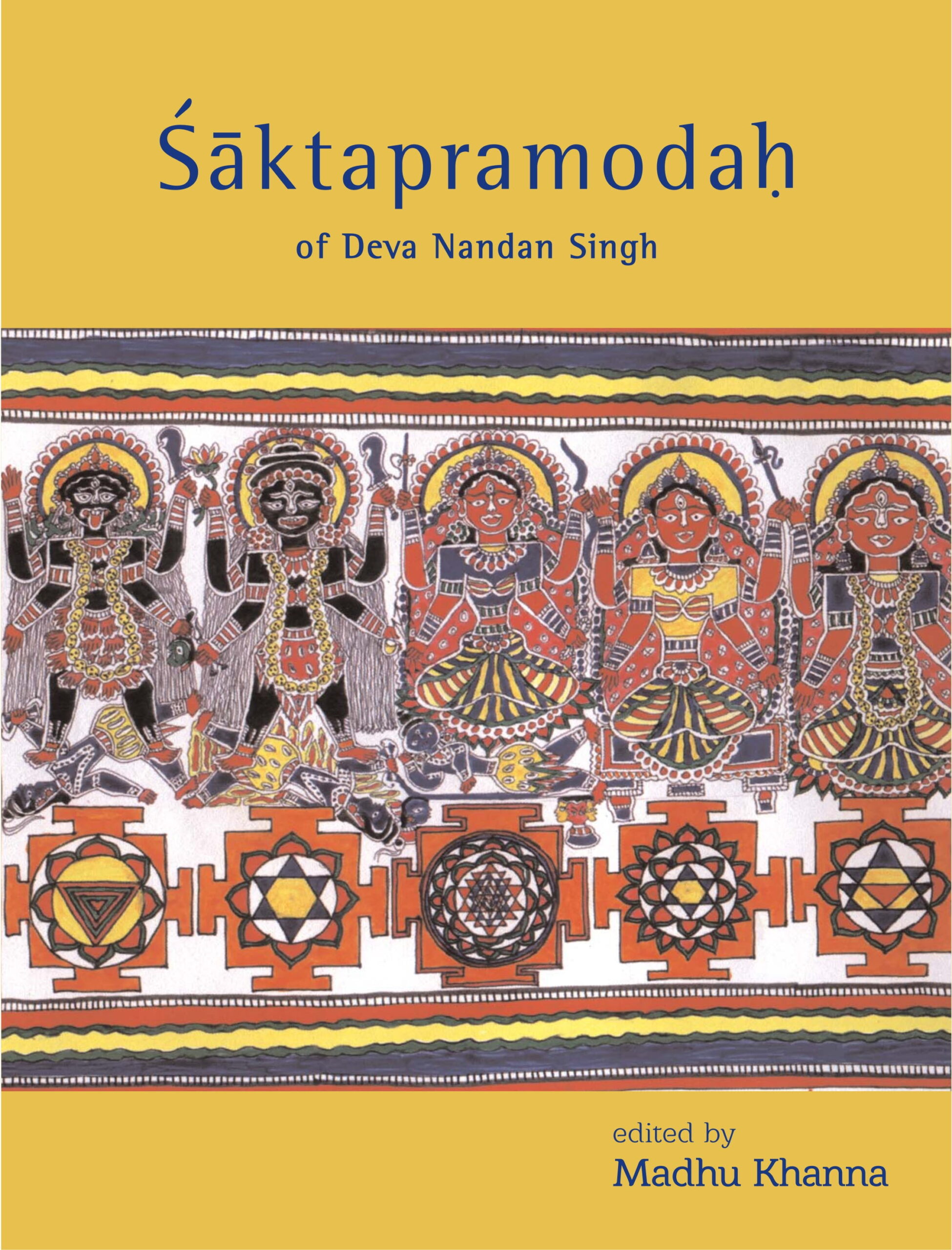
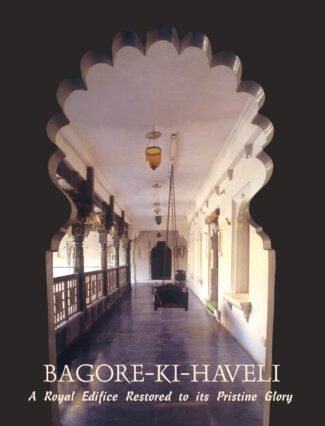
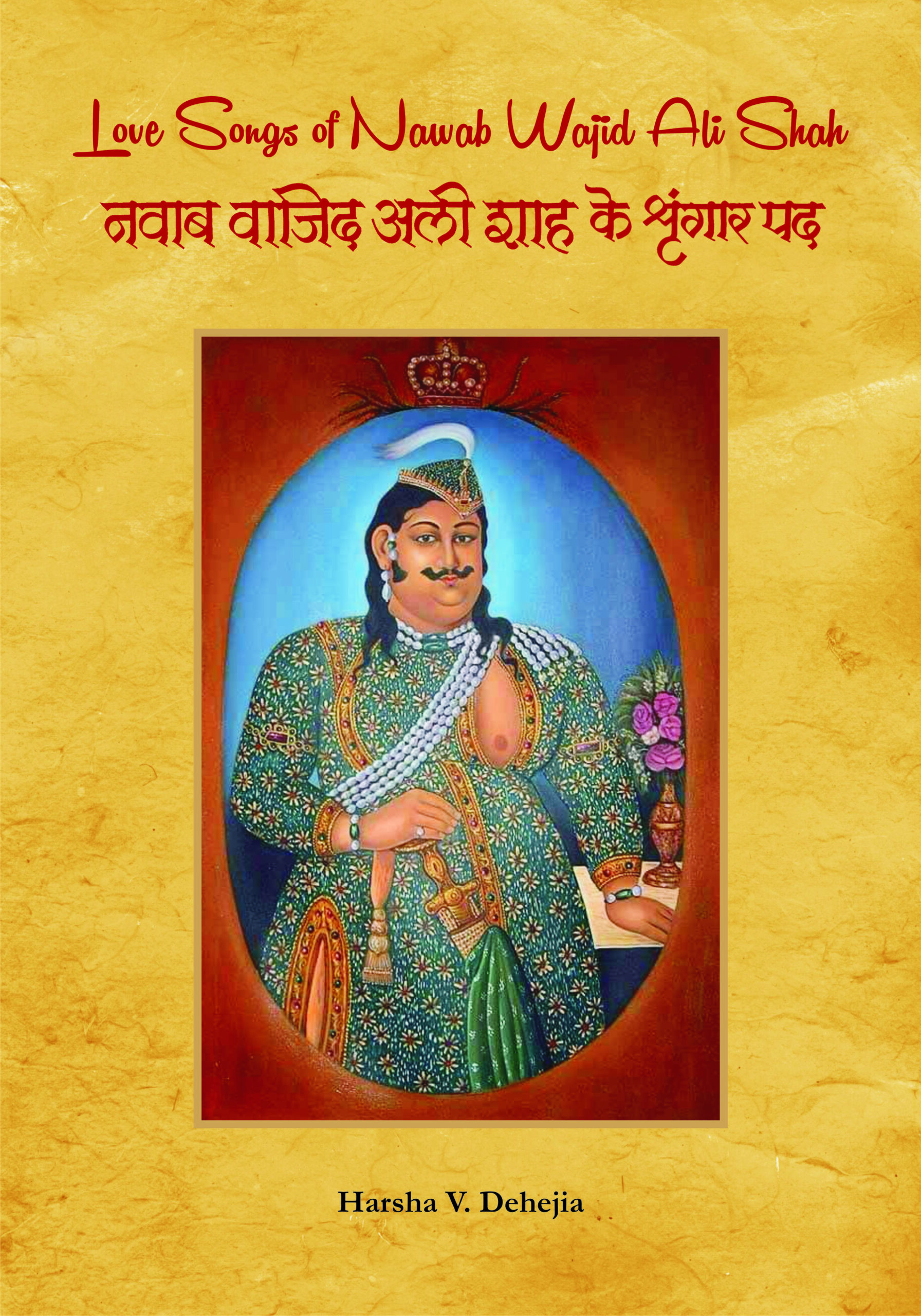

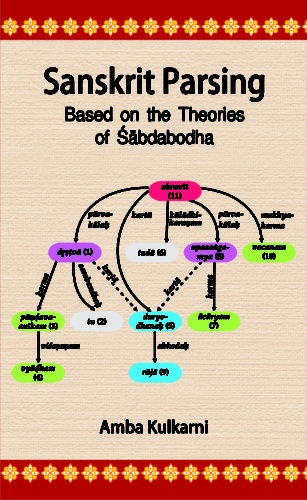

There are no reviews yet.